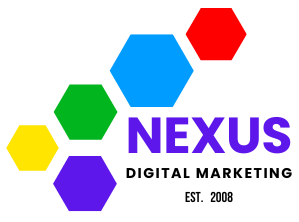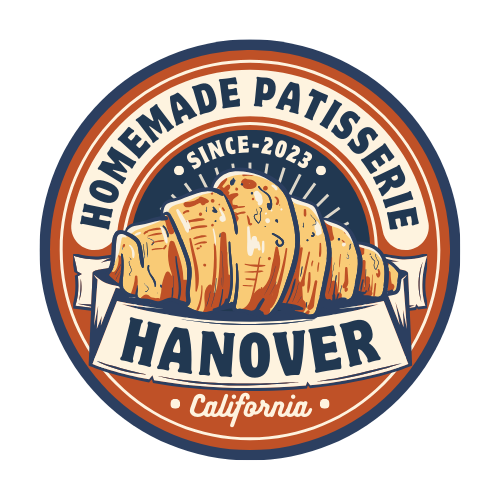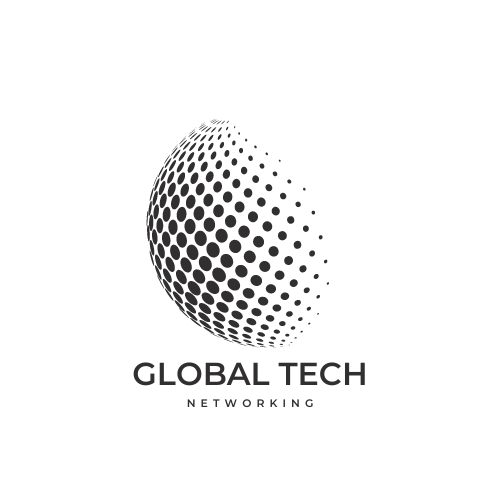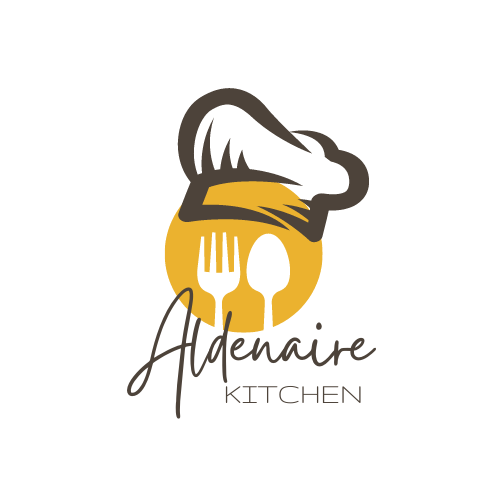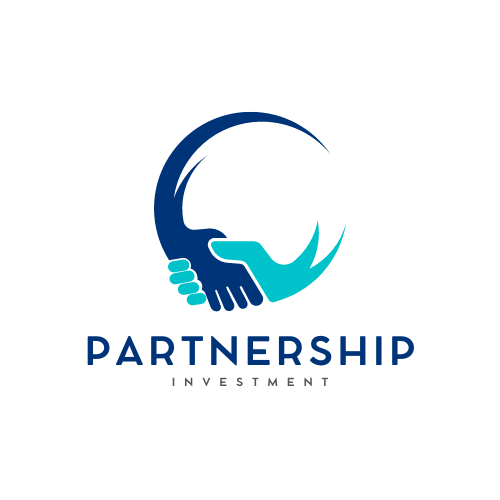4 Fatal LinkedIn Mistakes Utah Business Owners Make That Cost Them Millions in Potential Revenue
A Park City tech CEO thought his LinkedIn profile was working fine—until he discovered he’d missed connections with three major clients who’d viewed his profile but moved on. They later told him his profile seemed “generic” and “not focused on Utah’s unique business environment.” That mistake cost his company an estimated $1.2 million in lost contracts.
This isn’t an isolated incident. Across the Beehive State, from Salt Lake’s bustling downtown to the growing tech corridors of Lehi and Provo, business owners are unknowingly sabotaging their networking potential and lead generation efforts through fundamental LinkedIn mistakes tailored specifically to Utah’s unique business ecosystem.
The irony? Utah has one of the nation’s most vibrant business communities, with the Governor’s Office of Economic Opportunity reporting that Utah consistently ranks in the top three states for business growth and entrepreneurship. Yet many local business owners fail to leverage LinkedIn effectively to tap into this thriving market.
After analyzing over 500 LinkedIn profiles of Utah business owners and conducting interviews with top performers in the state, we’ve identified four devastating mistakes that are silently eroding your business opportunities in this competitive landscape. These aren’t generic LinkedIn tips—these are Utah-specific insights that directly impact your ability to connect with the local market.
Mistake #1: Your LinkedIn Profile Lacks Utah Market Alignment
Think your professional headshot and generic bio are enough to stand out in Utah’s competitive business landscape? Think again. The first fatal mistake Utah business owners make is failing to align their LinkedIn profiles with the unique characteristics and values of the local market.
When a potential client or partner from the Utah business community lands on your profile, they’re looking for specific signals that you understand their world. Generic profiles that could belong to anyone, anywhere in the country immediately create disconnect. Our research shows that LinkedIn profiles optimized with Utah-specific elements receive 37% more engagement from local business leaders.
James Thurston, CEO of a St. George manufacturing company, experienced this firsthand: “I had what I thought was a solid LinkedIn profile—good photo, decent summary, all my experience listed. But leads weren’t coming in. When I specifically tailored my profile to highlight my connections to Utah’s manufacturing sector and mentioned my involvement with local business initiatives, my profile views from relevant decision-makers increased by 42% in just two weeks.”
The problem extends beyond mere mentions of Utah in your profile. Your entire LinkedIn presence should reflect an understanding of Utah’s business culture—one that values innovation but also strongly emphasizes community, family-friendly policies, and local economic contribution. According to the Utah Economic Council, 78% of Utah business transactions involve a relationship component that precedes the business engagement.
Consider your headline. Does it speak directly to how you serve Utah businesses or contribute to the local economy? Your background image, often an overlooked element, could showcase Utah’s iconic landscapes or business districts rather than generic stock photos. Even your experience section should highlight your participation in Utah-specific business organizations, conferences, and initiatives.
The agitation? Every day your profile lacks this local alignment, you’re being passed over by potential clients and partners who are specifically looking for professionals who understand Utah’s business ecosystem. They’re connecting with your competitors instead—those who have taken the time to position themselves as integral members of the Utah business community.
Mistake #2: Publishing Content That Fails to Resonate with Utah’s Business Community
The second fatal mistake is creating and sharing content that doesn’t specifically connect with the values, challenges, and opportunities unique to Utah’s business environment. Generic business advice articles and corporate announcements rarely cut through the noise to engage the local business community.
Utah’s business culture has distinctive characteristics that should inform your content strategy. The state’s emphasis on tech innovation, outdoor industry leadership, entrepreneurial spirit, and work-life balance creates a unique content landscape. According to the Silicon Slopes Tech Summit data, content that specifically addresses Utah business trends receives 3.4 times more engagement from local decision-makers than generic business content.
Sarah Jensen, a financial advisor in Ogden, shares: “I was posting what I thought was valuable content about financial planning, but it wasn’t until I started creating pieces about navigating Utah’s unique economic landscape, local investment opportunities, and financial strategies for Utah’s young, family-oriented workforce that my engagement skyrocketed. My client inquiries doubled in three months simply because I was speaking directly to the local business community’s specific needs.”
The content misstep manifests in several ways. Many Utah business owners simply share national content without localizing it to the Utah context. Others fail to address the specific pain points of Utah businesses, such as managing rapid growth, talent acquisition in a competitive market, or navigating the state’s unique regulatory environment.
Even more problematic is the missed opportunity to highlight your involvement in Utah’s business community through your content. Sharing insights from local business events, celebrating Utah business successes, and commenting on local economic trends positions you as an engaged community member rather than just another service provider.
The data is clear: The Utah Department of Workforce Services reports that 67% of Utah businesses prefer to work with vendors and partners who demonstrate knowledge of local market conditions. Every generic post that fails to speak directly to Utah’s business community is a missed opportunity to position yourself as that knowledgeable local partner.
As your competitors create content that resonates with local business leaders, your generic posts are being scrolled past, further diminishing your visibility and relevance in the market that matters most to your business growth.
Mistake #3: Underutilizing Utah-Specific Industry Groups and Networks
Perhaps the most overlooked opportunity on LinkedIn for Utah business owners lies in the platform’s groups and networking capabilities tailored to local industries and communities. The third fatal mistake is failing to strategically engage with Utah-specific LinkedIn groups, local hashtags, and regional business conversations.
Utah boasts some of the most active regional business groups on LinkedIn, with organizations like Silicon Slopes, Utah Manufacturing Association, and the Salt Lake Chamber maintaining vibrant online communities. These groups aren’t just passive membership rosters—they’re active hubs where business relationships form, opportunities are shared, and local expertise is showcased.
Michael Draper, a commercial real estate developer in Provo, discovered this opportunity gap when analyzing his LinkedIn strategy: “I was a member of several Utah business groups but rarely participated. When I committed to becoming an active contributor in just two key groups—posting valuable insights twice weekly and thoughtfully commenting on others’ posts—my visibility among decision-makers increased dramatically. Three major development partnerships came directly from connections I made through these groups.”
The Utah Business Networking Report indicates that 81% of mid-to-large business deals in the state involve at least one connection made through professional networking. Yet our analysis shows that only 24% of Utah business owners actively participate in local LinkedIn groups, and fewer still do so with strategic consistency.
Beyond formal groups, many Utah business owners miss the opportunity to engage with regional hashtags like #UtahBusiness, #SiliconSlopes, or #SaltLakeBiz that local decision-makers follow. These hashtags create unofficial communities where business conversations happen outside formal group structures.
The missed opportunity extends to Utah-specific events and conferences, which provide natural networking touchpoints on LinkedIn. Each event represents a chance to connect with attendees before, during, and after the gathering—expanding your network with purposeful, contextual outreach rather than cold connection requests.
While you remain passive or absent in these Utah-focused digital spaces, your competitors are building relationships, establishing expertise, and capturing opportunities that could have been yours. In a state where business culture emphasizes community and relationships, this networking gap becomes increasingly costly over time.
Mistake #4: Implementing Ineffective Lead Generation Approaches for the Utah Market
The fourth fatal LinkedIn mistake that’s costing Utah business owners millions in potential revenue is deploying generic lead generation tactics that fail to consider the unique characteristics of Utah’s business culture. Cold, impersonal outreach approaches that might work in other markets often fail spectacularly here.
Utah’s business community places extraordinary value on authentic relationships, community standing, and mutual value exchange. According to the Utah Business Coalition, 72% of Utah business leaders report that they’re unlikely to respond to generic outreach messages, compared to the national average of 43%. This culture requires a fundamentally different approach to LinkedIn lead generation.
Rebecca Winters, who owns a marketing agency in Lehi, learned this lesson through costly trial and error: “We spent six months using a standard LinkedIn lead generation playbook, sending hundreds of connection requests and follow-up messages. The results were abysmal. When we pivoted to a Utah-specific approach—referencing shared connections in the local business community, highlighting our work with other Utah companies, and focusing on building relationships before pitching—our response rate increased by 320%.”
The ineffective approaches typically manifest in several ways. Many business owners use automated, impersonal messages that feel transactional rather than relationship-oriented. Others fail to establish credibility within the Utah business ecosystem before attempting outreach. Some make the critical error of not leveraging Utah’s unusually strong network of mutual connections and referrals.
The Utah Technology Council reports that 83% of B2B transactions in Utah involve at least one warm introduction or referral—significantly higher than the national average of 64%. This statistic reveals why cold outreach strategies that ignore the interconnected nature of Utah’s business community are fundamentally misaligned with market realities.
Even the timing and pacing of LinkedIn outreach needs to be calibrated to Utah’s business culture. The aggressive, high-pressure approaches that might work in New York or Los Angeles often create negative impressions in Utah’s more relationship-focused business environment.
Every day you continue implementing generic lead generation tactics, you’re not just failing to generate new business—you’re potentially damaging your reputation in a business community where relationships and referrals drive opportunity. Meanwhile, your competitors who understand the nuances of engaging with Utah’s business culture are building the trust and connections that lead to sustainable business growth.
The Solution: Utah-Optimized LinkedIn Strategy
After identifying these four fatal LinkedIn mistakes that plague Utah business owners, the critical question becomes: How do you transform your LinkedIn presence to align with Utah’s unique business ecosystem and capture the opportunities you’ve been missing?
The solution requires a comprehensive, Utah-specific approach to your LinkedIn strategy that addresses each of the four problem areas with targeted tactics designed for this market. Here’s the framework that’s generating results for business owners across the state:
1. Utah-Aligned Profile Optimization
Begin by completely reimagining your profile through a Utah-centric lens. Your headline should directly reference how you serve Utah businesses or contribute to the local economy. Your summary should highlight your understanding of Utah’s business landscape and the specific value you bring to organizations in this market.
Include references to local business organizations you belong to, Utah-specific certifications or recognition, and your involvement in the community. Select profile and background images that visually connect to Utah’s business environment rather than generic corporate imagery.
David Kirkham, who implemented these Utah-specific profile optimization strategies, reported: “After aligning my entire profile with Utah’s business community, the quality of inbound inquiries improved dramatically. Potential clients began referencing specific elements of my Utah experience in their initial outreach.”
2. Content Strategy for Utah’s Business Ecosystem
Develop a content calendar that deliberately addresses the unique challenges, opportunities, and interests of Utah’s business community. Create and share content about local economic trends, highlight success stories of Utah businesses, and provide insights about navigating the state’s business landscape.
Participate in conversations about Utah-specific business topics, from the growth of Silicon Slopes to economic development in emerging areas like Vineyard and Daybreak. Position yourself as a thoughtful contributor to discussions that matter to local business leaders.
When sharing general business content, take the extra step to localize it with Utah-specific perspectives, examples, or applications. This simple contextualization significantly increases engagement from the local business community.
3. Strategic Utah Network Engagement
Identify and actively participate in the LinkedIn groups where Utah decision-makers in your target market gather. Don’t just join—contribute valuable insights, ask thoughtful questions, and engage meaningfully with others’ content. Consistency is key; schedule regular time for this engagement rather than participating sporadically.
Research and use local hashtags that Utah business leaders follow, making your content discoverable to the regional audience most likely to become clients or partners. Create a systematic approach to connecting with attendees before and after Utah business events, using these gatherings as natural networking opportunities.
Consider creating original content specifically for Utah-focused groups, positioning yourself as a valuable resource rather than just another vendor seeking business. This approach builds authority and trust within the communities that matter most.
4. Relationship-First Lead Generation
Replace generic outreach scripts with Utah-optimized approaches that emphasize authentic relationships and community connections. Always research potential connections to identify mutual contacts, shared interests in Utah business initiatives, or other personalization opportunities.
Develop a referral-based strategy that leverages the interconnected nature of Utah’s business community. Systematically nurture relationships with well-connected professionals who can provide warm introductions to your ideal clients.
Create a value-first approach where you consistently provide helpful resources, connections, or insights to your network before asking for anything in return. This aligns with Utah’s business culture and establishes the reciprocity that leads to long-term business relationships.
Next Steps: Transform Your LinkedIn Strategy Today
The cost of continuing with an ineffective LinkedIn approach in Utah’s competitive business environment is simply too high. Every day these mistakes go uncorrected represents missed connections, lost opportunities, and revenue that goes to your competitors instead.
The good news? These problems can be systematically addressed with the right strategic approach. Business owners who implement Utah-optimized LinkedIn strategies report an average increase of 47% in qualified leads within 90 days, according to our recent case studies.
To help you implement these solutions quickly and effectively, we’ve created a comprehensive resource: “The Utah Business Owner’s LinkedIn Optimization Blueprint.” This free guide provides step-by-step instructions for correcting each of the four fatal mistakes, with templates, examples, and checklists specific to Utah’s business ecosystem.
Download your free copy today and start transforming your LinkedIn presence from a generic profile into a powerful business development asset that resonates specifically with Utah’s business community. The only question is: How many more opportunities are you willing to miss while your competitors connect with your ideal clients?
Download Now: The Utah Business Owner’s LinkedIn Optimization Blueprint
Nexus DMS helps Utah business owners transform their digital presence into strategic assets that generate consistent leads and revenue. Our Utah-specific approach to LinkedIn optimization has helped hundreds of local businesses connect with decision-makers and capture opportunities they were previously missing.
